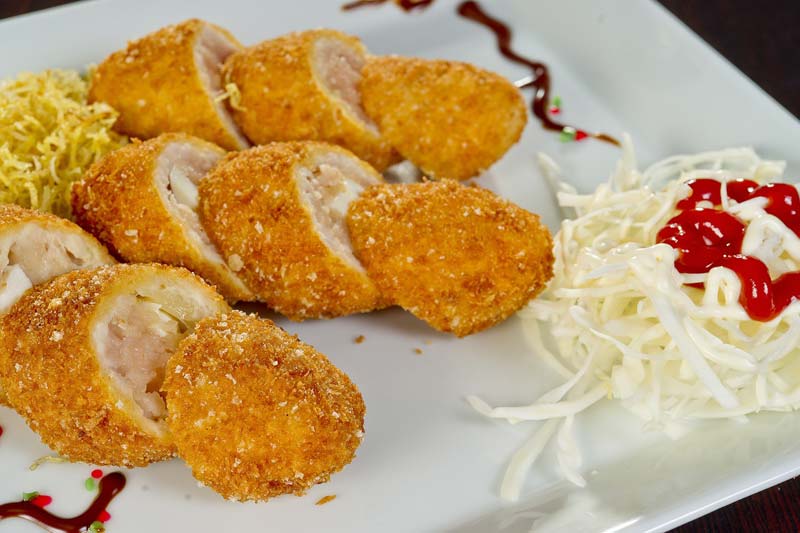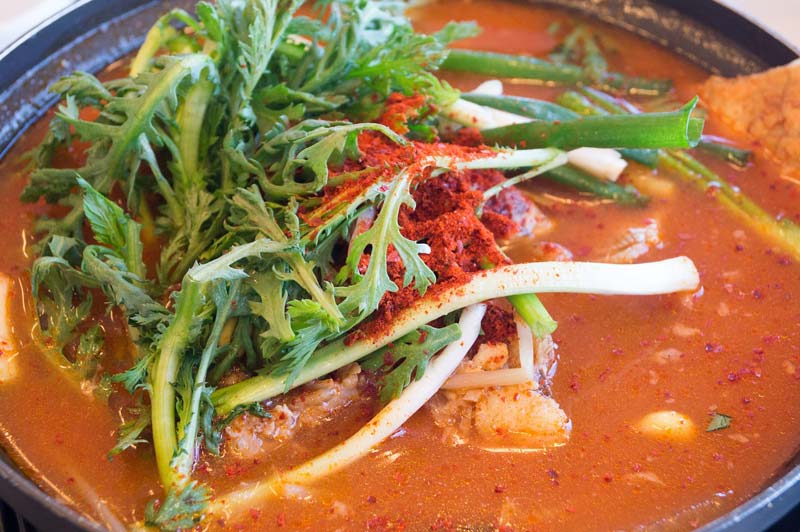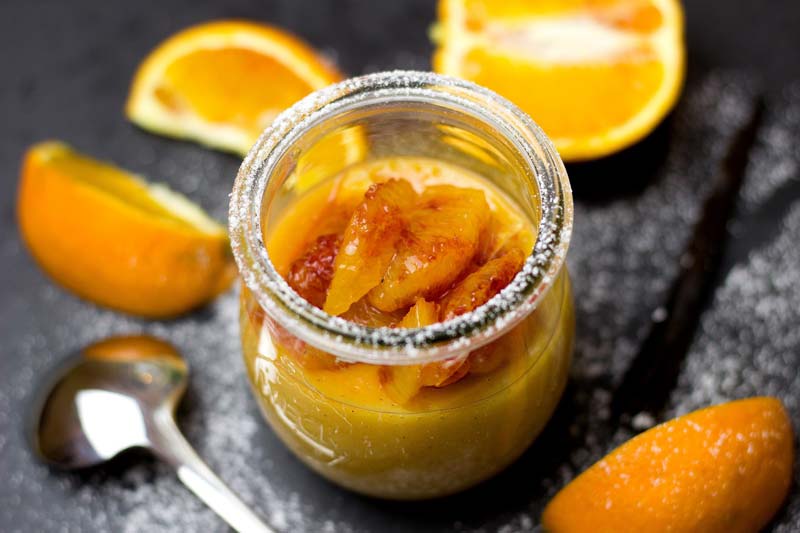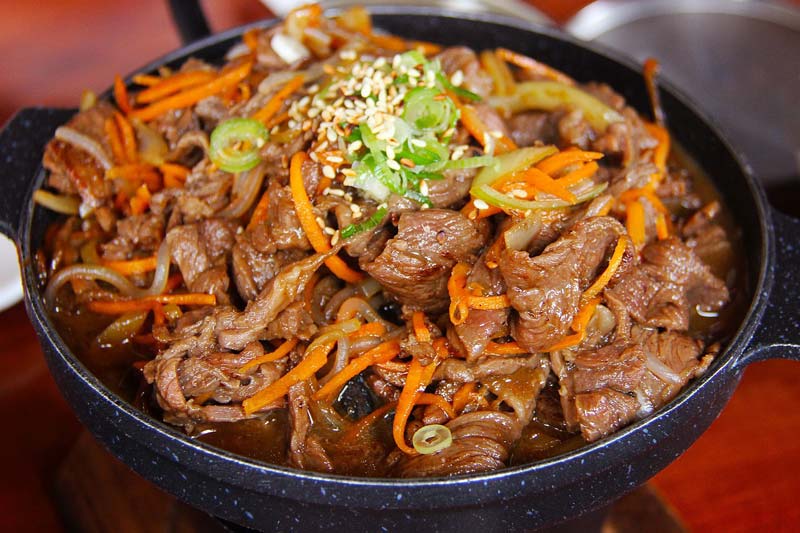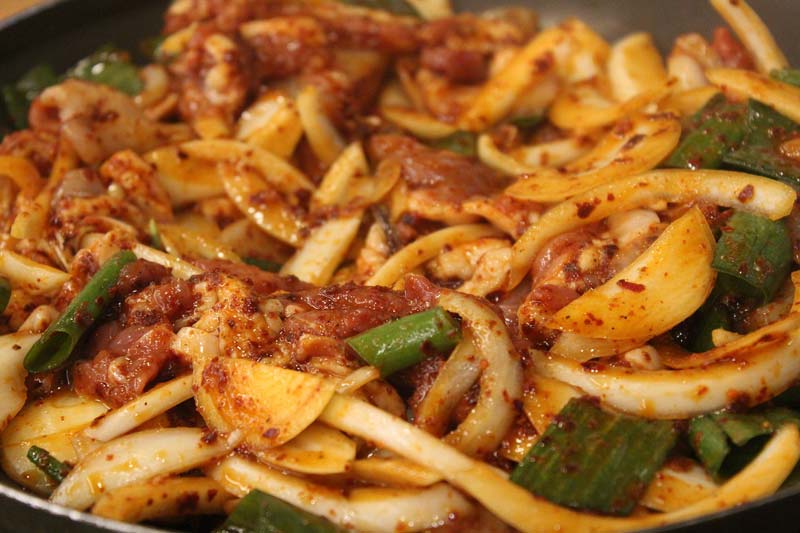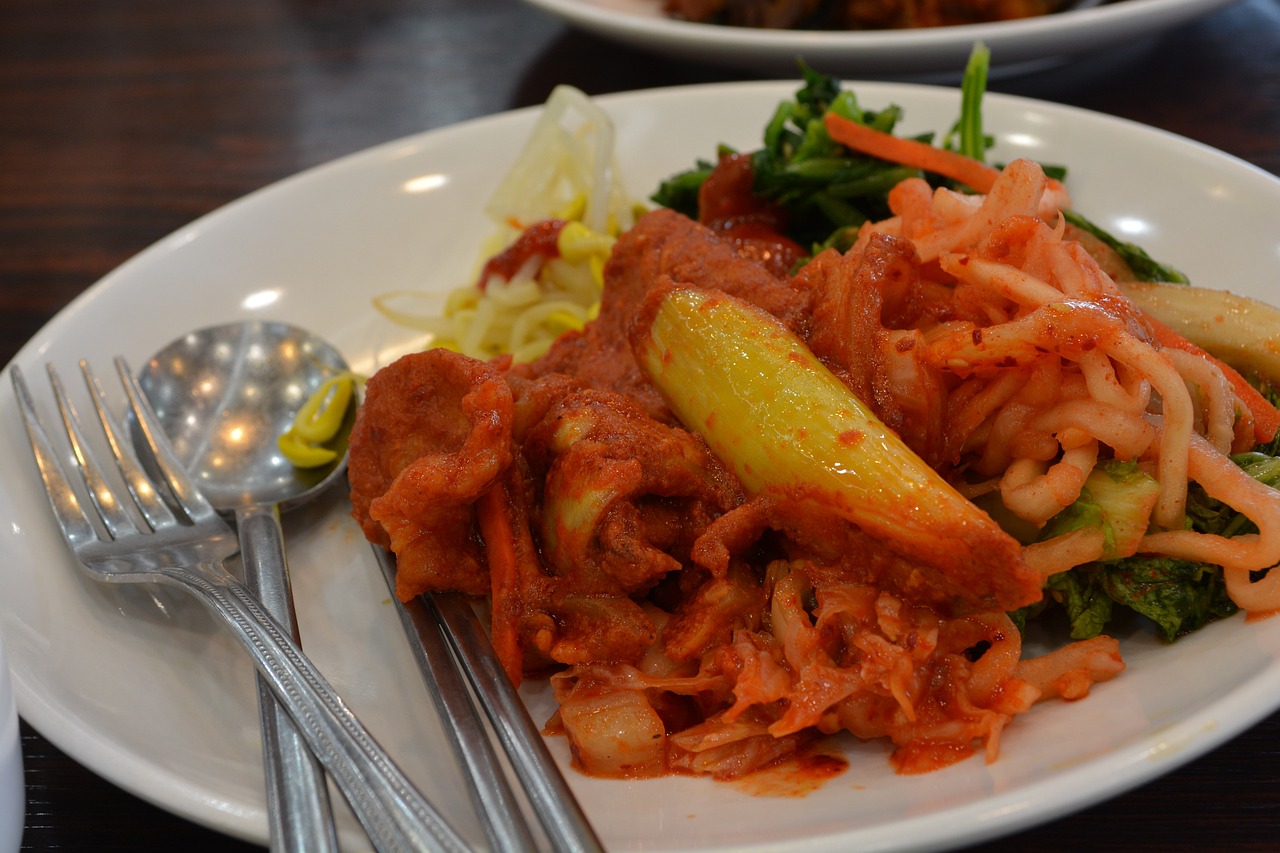Takju (Unrefined rice wine)
Takju has the longest history together with Yakju and is the representative traditional liquor. From long time ago, Takju has been made at home and people loved to drink it at home. As each family made Takju using its own unique brewing method, the tastes were all different to slightly extent. In line with the development of brewage skills since the period of Three States, Yakju was introduced but it was hard to distinguish Yakju from Takju.
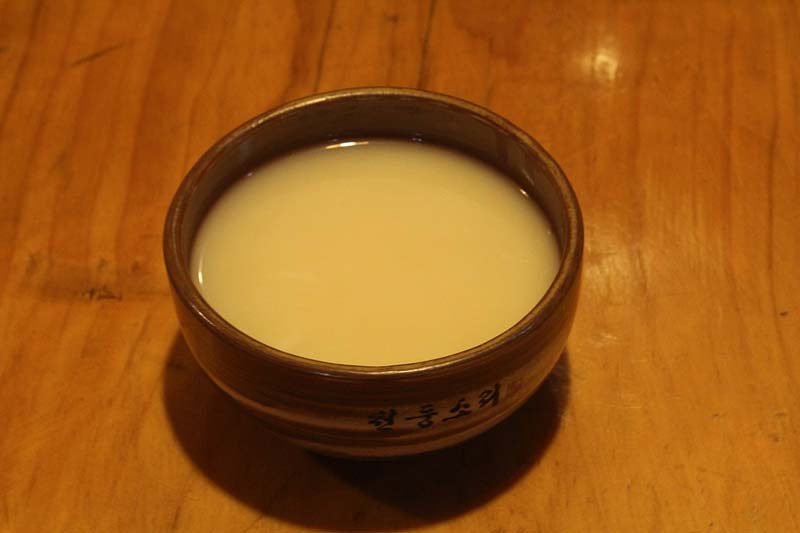
Takju. Unrefined rice wine fot. jinho kim / pixabay
Raw ingredients used are the same but Takju was taken before the refining process while Yakju was taken after refining process and that is why Yakju is clear and Takju is not clear. Raw ingredients for Takju and Yakju are grains, other starch containing material or starch syrup, soup and water. The difference between Takju and Yakju is how much the fermented yeast was filtered and brewed.
Yakju
At the time when the maturing process of Takju is about to finish, clear liquid is floating to the upper part of liquor jug. ‘Rice wine strain’ made of bush clover or bamboo strip in empty container shape is put in the clear liquid and only the clear liquid is ladled out of the jug. It is Yakju.
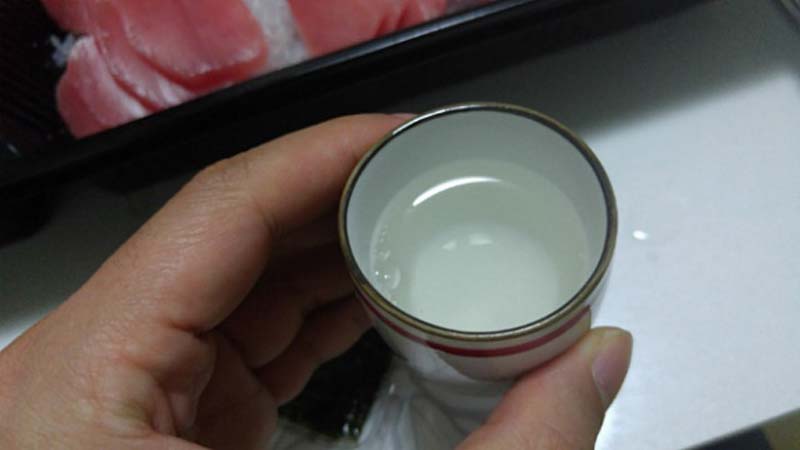
Yakju. Korean rice wine, fot. 미디어록/ wikipedia
In China, Yakju means medicinal liquor as the characters mean but in Korea a scholar named Seo Yoo-Geo of Joseon age first brewed a good wine. His pen name was Yak-bong and he lived in Yakhyeon-dong and the name Yakju was originated from the ‘Wine made by Yak-Bong’ or ‘Wine made in Yakhyeon-dong’.
Cheongju (Clear strained rice wine)
Cheongju is brewed from white rice and the name Cheongju is given as it is very clear as compared to Takju. Cheongju is liquor but it is also used for seasoning of various dishes of meat and fish.
Cheongju was brewed from the period of Three States, and we can find a record on Cheongju in a poem in the book called “Dongguk Lee Sang-Guk’s Poem compilation” saying, “We can have clear Cheongju by compressing the fermented malts. But we got as much as 4~5 bottles only.” We guess that the name Cheongju was used as the fully fermented malt was well filtered to be clear.
Soju (Distilled liquor)
Soju was originated to eliminate the drawback of generally brewed wine that it cannot be kept for a long period and it was the liquor brewed through the distilling process of fermented crude liquid. In our country, after Kublai Kahn, the grandson of Genghis Kahn launched onto Korea for the purpose of the expedition to Japan, Soju was brewed around the areas of Gaeseong which was the main camp for Mongolians and also Andong and Jeju Island where there were outposts for Mongolian troops.
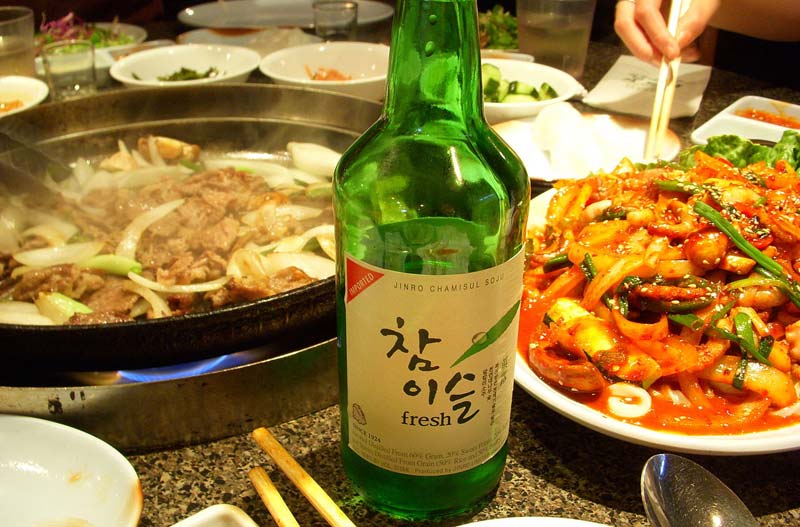
Jinro Soju, fot. L. W. Yang / wikipedia
When Won planned the expedition of Japan together with Goryeo, Won established a supply base in Andong and there Mongolians started to brew Soju and Andong Soju became popular to people since then. Andong Soju was further developed in Joseon Dynasty. After Soju was introduced in Korea, the Soju was called differently in each region. In Gaeseong it was called Arakju, in Pyeongbuk region Arangju, in Gyeongbuk, Jeonnam and a part of Chungbuk Saeju or Seju, and in Jinju Soeju. In the areas such as Hadong, Mokpo and Seoguipo it was called Arangju, in Yeoncheon Araeji and in Suncheon and Haenam “Hyoju.”
Gahyangju (Flavor added liquor)
In order to add unique flavor to liquor, flower or leaves of plant was put into the liquor. There are various Hwaju (flower liquor) including Dugyeonju (Azalea liquor) which used azalea flowers. There are two kinds of brewage. One is to brew putting flavor adding flowers together with other general ingredients from the beginning. The other is a method called “flavor adding brewing method” in which flavor adding flowers is added to the grain liquor which was already brewed.
(korfood/korfood10_3.jsp)
